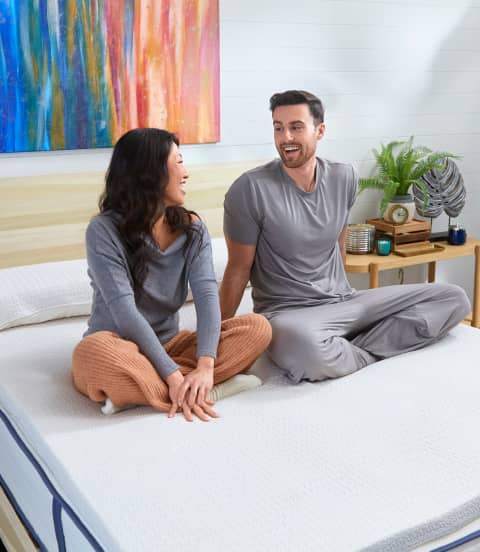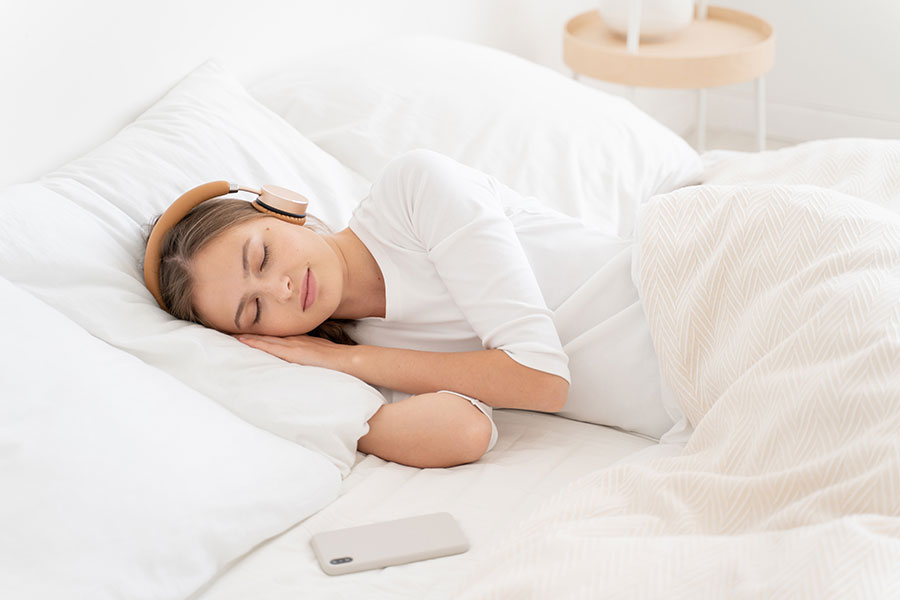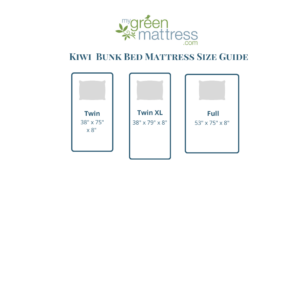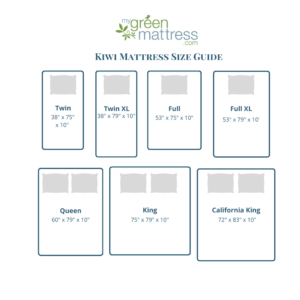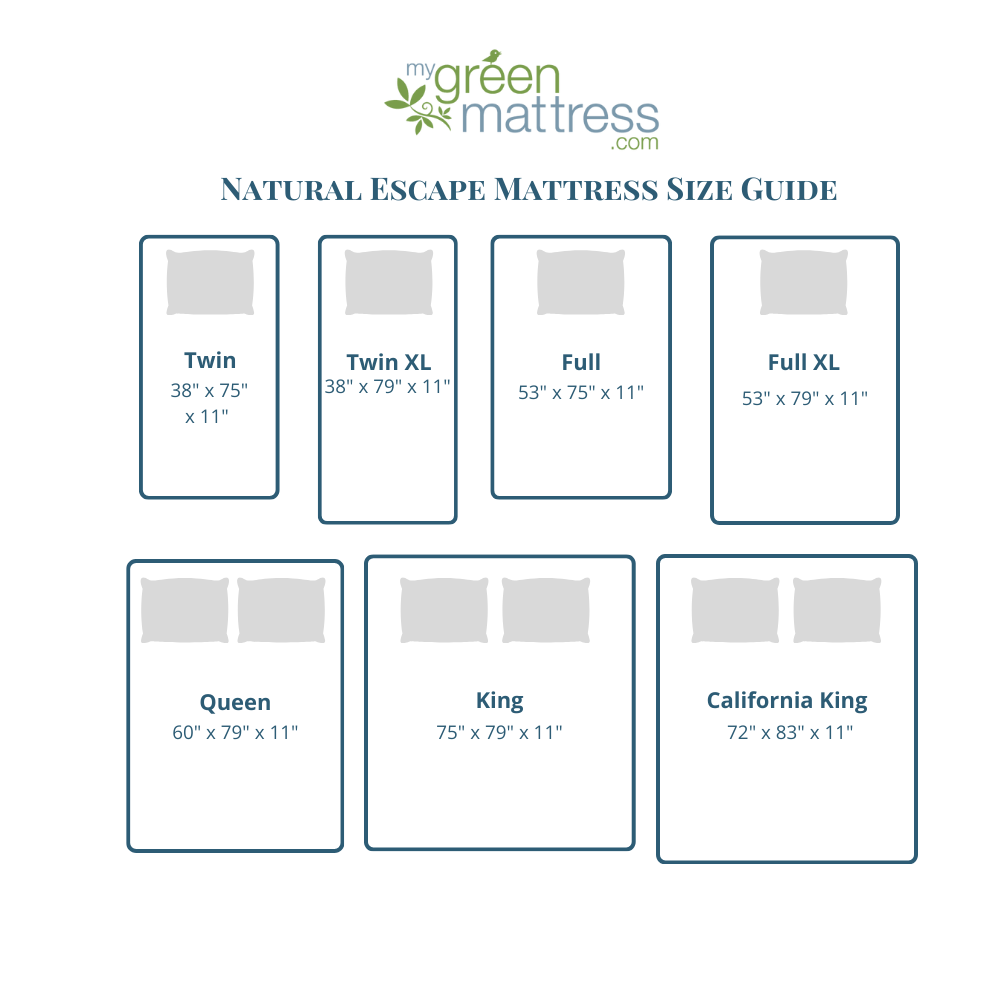In our bustling modern world, finding peace and tranquility amidst the noise can be a challenge, especially when it comes to getting a good night’s sleep. Fortunately, there are a variety of sleep aids available to help drown out distractions and usher us into a deeper, more restful sleep.. From classic noise machines to innovative contemporary alternatives, let’s explore the various sound-based sleep aids that can transform your bedtime routine.
- Noise Machines: The Classic Sleep Companion
Noise machines, also known as sound machines or white noise machines, have long been cherished for their ability to create a soothing auditory backdrop conducive to sleep. With a variety of sounds to choose from, including white noise, pink noise, nature sounds, and ambient music, these devices work by masking disruptive noises and promoting relaxation. Whether you prefer the gentle rustle of leaves or the steady hum of a fan, noise machines offer a customizable solution for achieving a restful night’s sleep. - White Noise Apps: A Digital Solution
In an age where smartphones are ubiquitous, white noise apps provide a convenient alternative to traditional noise machines. With a simple download, you can access a vast array of soothing sounds right from your mobile device. These apps often offer customizable features, allowing you to adjust volume levels, mix different sounds, and even set timers to coincide with your sleep schedule. Whether you’re at home or on the go, white noise apps provide a portable solution for creating a tranquil sleep environment wherever you are. - Smart Sleep Headbands: Technology Meets Tranquility
For those seeking a more immersive sleep experience, smart sleep headbands offer a high-tech solution to sleep disturbances. These innovative devices use built-in speakers to deliver soothing sounds directly to your ears, while also monitoring your sleep patterns and providing personalized feedback to optimize your rest. Some models even incorporate features such as guided meditation and sleep tracking, making them a comprehensive tool for enhancing sleep quality and relaxation. - Binaural Beats: Harmonizing Brainwaves for Sleep
Binaural beats harness the power of auditory stimulation to influence brainwave activity and promote relaxation. By playing two slightly different frequencies in each ear, binaural beats create a subtle pulsing sensation that synchronizes with the brain’s natural rhythms. When used during sleep, these beats can help induce a state of deep relaxation, making it easier to fall asleep and stay asleep throughout the night. Whether you prefer delta waves for deep sleep or theta waves for meditation, binaural beats offer a customizable approach to sleep enhancement. - ASMR: Whispering Away Sleeplessness
ASMR, or Autonomous Sensory Meridian Response, has gained popularity in recent years for its ability to induce feelings of relaxation and tingling sensations in listeners. Often characterized by soft whispers, gentle tapping, and soothing sounds, ASMR videos and recordings provide a sensory experience that can promote calmness and tranquility, making them an ideal addition to your bedtime routine. Whether you find comfort in the sound of tapping raindrops or the gentle rustle of paper, ASMR offers a unique auditory experience that can help lull you into a more peaceful slumber.
Crafting Your Perfect Sound-Based Sleep Routine
In the quest for a restful night’s sleep, sound-based sleep aids offer a diverse array of options to suit every preference and lifestyle. Whether you prefer the classic simplicity of a noise machine, the convenience of a white noise app, or the innovative technology of a smart sleep headband, there’s a sleep aid out there to help you achieve the tranquil sleep you deserve. Go ahead and try out the various options to see what suits you best. You just might improve the quality of your sleep forever!
FAQ: Navigating the Symphony of Sleep
As you embark on your journey to better sleep with the aid of sound-based sleep solutions, you may encounter questions along the way. Here are some frequently asked questions to guide you through the process:
- Question: Are sound sleep aids safe to use?
Yes, sound-based sleep aids are generally safe for use by individuals of all ages. However, it’s essential to use them responsibly and avoid excessively loud volumes, which can potentially damage hearing over time. - Question: Can sound sleep aids help with conditions like insomnia or sleep apnea?
While sound sleep aids can promote relaxation and enhance sleep quality, they may not address underlying medical conditions such as insomnia or sleep apnea. It’s essential to consult with a healthcare professional for proper diagnosis and treatment if you suspect you have a sleep disorder. - Question: How do I know which sound sleep aid is right for me?
Choosing the right sound sleep aid depends on your personal preferences and sleep needs to find the one that best suits your lifestyle and enhances your sleep experience. - Question: Can I use sound sleep aids alongside other relaxation techniques?
Absolutely! Sound sleep aids can complement other relaxation techniques, such as deep breathing, meditation, or progressive muscle relaxation, to create a comprehensive bedtime routine. Incorporating multiple relaxation methods can enhance their effectiveness and promote deeper relaxation. - Question: Are there any potential side effects of using sound sleep aids?
While sound sleep aids are generally safe, some individuals may experience minor side effects, such as headaches or irritation from prolonged exposure to certain sounds. If you experience any discomfort or adverse reactions, discontinue use and consult with a healthcare professional. - Question: Can sound sleep aids be used for children or infants?
Sound sleep aids can be beneficial for children and infants, as they can help create a soothing sleep environment and mask disruptive noises. However, it’s essential to use age-appropriate sounds and monitor volume levels to ensure safety and comfort.

